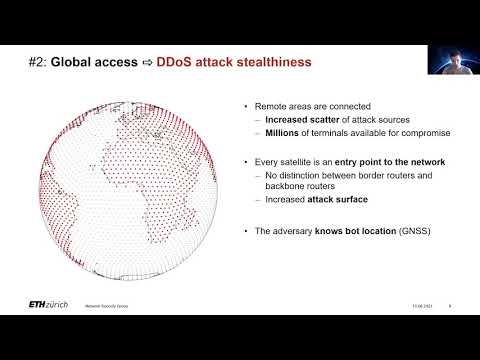Description:
Explore a conference talk that unveils ICARUS, a novel class of denial of service attacks targeting low Earth orbit satellite networks. Delve into how adversaries can exploit the global accessibility, low-latency constraints, and predictable routing of these networks to launch devastating attacks. Examine the unique vulnerabilities of LEO satellite systems, including path structures and public knowledge of satellite-router locations. Discover how minimal attack bandwidth can disrupt communications across vast terrestrial areas. Gain insights into potential mitigation strategies and open research problems in LEO network security. Learn about the attack mechanism, load balancing effects, and probabilistic detection optimization techniques presented by researchers from ETH Zurich.

ICARUS - Attacking Low Earth Orbit Satellite Networks
Add to list
#Conference Talks
#USENIX Annual Technical Conference
#Information Security (InfoSec)
#Network Security
#Engineering
#Electrical Engineering
#Telecommunications
#Satellite Communications
#Computer Science
#Load Balancing
#Cybersecurity
#Denial-of-Service Attacks